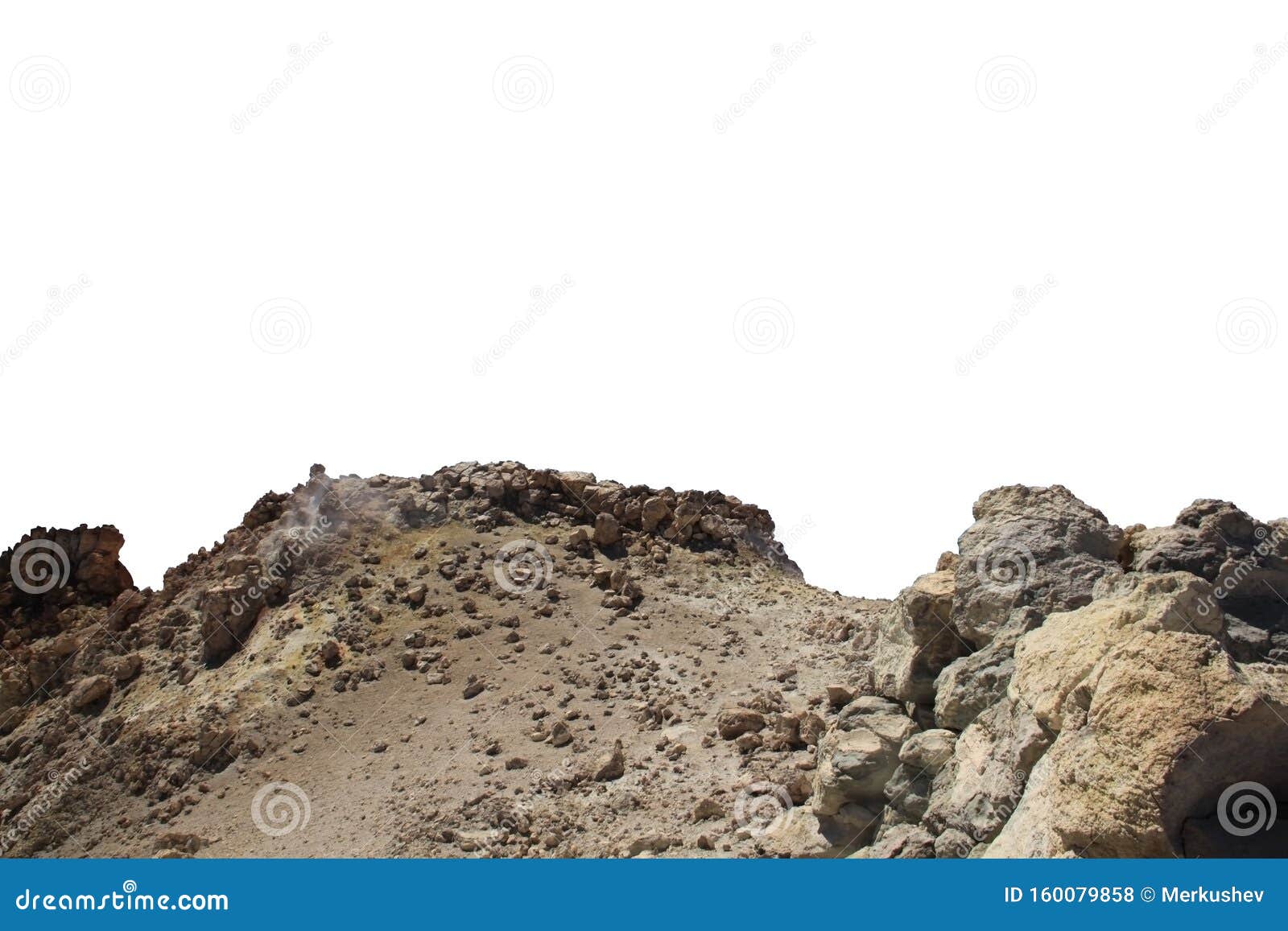

But that’s the language we have to describe why things matter. It’s a valuable thing to do, and even now I’m struggling not to use the capitalistic language, “appreciate” and “value” and such. I’m a teacher, and the main lesson I try to leave with my students is that it’s valuable to be creative. There’s an effort to instrumentalize art practices, to view them only as a means to an end, not to appreciate them as something vital to our survival. Or, the connections are still there, but they’re like ghosts.Īs your article pointed out, if a place like this, with its history, can’t make it … what does that mean? There’s an utter lack of appreciation for the process of making fine art and why it’s important for the entire society. You see, these were the promises that we made to ourselves and that had been made to us: when you’re connected to this community, you’re always connected to it, and you can draw on its resources. The community ties have been severed, sliced, the roots we’ve been growing individually and collectively have been ripped apart. Everything was magnified tenfold with the potential closing and then finally, the real closing. The pandemic changed the situation for everybody. It felt very close and personal, like a loss.Ī huge part of attending an institution like this, at least from my perspective, is about building your community and establishing a connection to a place and to those who are leading and making and teaching. On the personal level, it’s been two years of preparing for this or mourning, or processing, because it’s been two years of “it’s true, no, it’s not true.” It was sort of crumbling as I was graduating and trying to stay involved in the preservation after having been so involved in student leadership. It means that the continuum has been severed, at least in this space. On the community level, it’s hard to wrap my head around that. It felt like something untouchable, for some reason. It felt like the school had been there so long, it was so established, that it would last forever.
#Ancient space fight painting how to#
WH: No, they won’t have it any more, this intense and enriching investigation of your work and why you should be making it and how to make it.

So, this closure means presumably that other people in the future will not have this experience. It was amazing to be in a space where everybody cared as much as I did about making art.ĭW: Others have spoken in similar terms. It’s hard to put into words why it felt so special, but I felt like the community of people that were drawn there formed an enriching experience for all of us. Sometimes, you know, for better or worse, the art school has a reputation for holding on to archaic values in terms of fixed ideas about what art should be. Being physically present there felt as though I was able to connect to the legacy in some way. That place was this breeding ground of so many historically significant artists, projects and movements. I felt as though I were tapping into or having some deep connection to a space that had fostered absolutely legendary hallmarks in the art world for a century and a half. Being there somehow mirrored my own art-making process, due to the art institute’s own history. Something of that resonated in my being at the school, with its long history. I use historical imagery and historical processes as a way of tapping into these legacies that have layered connections across generations.

My art practice involves placing myself and the things I’m making in a continuum of legacies. I had the opportunity to do my graduate program in a lot of different schools around the country, but this was the one where I wanted to be and I’m so glad that I was there.ĭW: Can you expand on why it was so extraordinary? I am eternally grateful for the experience I was able to have. Even though it kind of ended in burning flames more or less, it still was absolutely the right place for me, regardless of the turmoil. WH: The overall experience was so multifaceted, honestly.


 0 kommentar(er)
0 kommentar(er)
